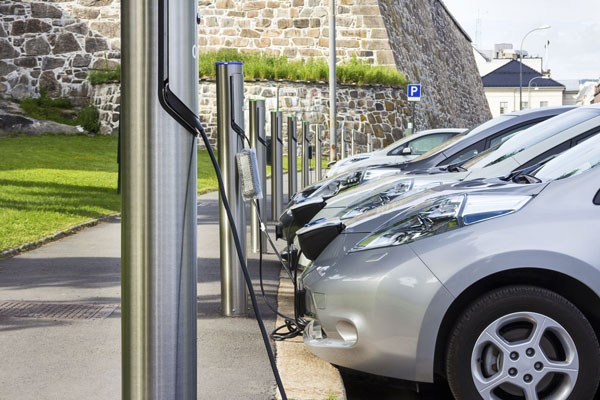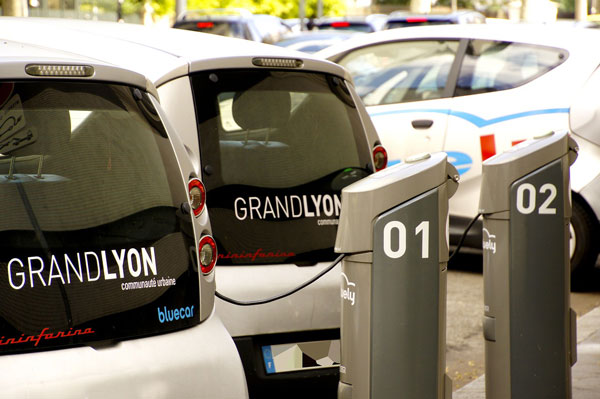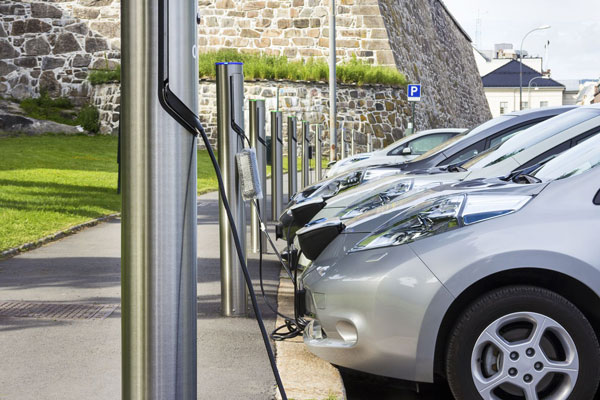
Electric vehicles, or EVs, are one of the most fuel-efficient forms of transport in the world.
They are powered by electricity from off-vehicle sources, or may be self-contained with a battery, solar panels or a generator to convert fuel to electricity, which cuts down on the use of gasoline.
This makes these vehicles both fuel- and cost-efficient, and all around a beneficial mode of transport. Because of this, they’re perfect for any facilities manager who wants to integrate a new fleet of vehicles on their corporate campus.
Here’s some advice for exactly how to do just that.
What to Keep in Mind When Doing Your Research
Before anything else, the first thing a facilities manager needs to do when even considering buying one electric vehicle (let alone a whole fleet of them) is to research them. According to plugincars, there’s more to owning one of these vehicles than the basics found in the owner’s manual.
What you find when researching these vehicles could make or break your decision to buy them. Therefore, it’s important to know exactly what you will be getting into before you decide to make a commitment to purchasing and owning one of these vehicles.
Start with a deep dive on a site like ElectricVehicleResearch.com. Its reviews and its ideas are definitely coming from a pro-EV perspective, but the pros and cons are laid out objectively.
FleetCarma says it’s a good idea to make your own pros and cons list when you’re considering purchasing a fleet of EVs for your campus. Even though this may seem tedious and like you’re being overly thorough, in the long run the UC Davis Plug-In Hybrid and Electric Vehicle Research Center suggests looking at what other cities and companies are doing to get a better idea of what might work for you.

What to Remember When Buying an Electric Vehicle Fleet
After you’ve done your due diligence, the next step to take is to buy however many vehicles you think you’ll need. While this might seem like a very straightforward step, there is a lot more to buying an electric vehicle than simply picking it out and writing a check.
For one thing, shopping around is key. Fleet News has a nice post that will help guide you through the shopping-around phase by forcing you to consider issues you might not have considered, including whether the seller has support for future upgrades or offers access to any kind of financial support such as state-level tax breaks.
Sarah Shelton from U.S. News and World Report also suggests asking yourself whether you want a true electric vehicle or if you want a hybrid, and also inquiring about battery life and the kind of battery you’ll need.
Finally, Gina Coplon-Newfield, director of Sierra Club’s Electric Vehicles Initiative, suggests asking whether used vehicles will work for you.
While getting the vehicles (or at least some of them) used might be less expensive, the new ones might last longer. The answer to this all depends on what your research and price point/budget points you to.
A few other considerations to keep in mind, courtesy of the Department of Motor Vehicles:
- What tax incentives are there?
- What is the warranty on each vehicle?
- What is the predicted resale value of each vehicle?
- How often and how far will people be driving?
Train Your Team On How To Use Them
Once the vehicles are delivered, you might need to onboard your team (or whoever might be driving) as to how the vehicles work.
Drivers Ed Direct suggests not just teaching your team how to use the electric vehicles, but also the mechanics of it. That way, your team members can have a full understanding of what makes driving an EV different than a gas-powered vehicle.
Maddy Martin at Your Mechanic suggests the facilities management team would benefit from a class all about the mechanics of EVs, not just how to drive them. Forbes contributor Michael Kanellos agrees, saying it’s a good idea for all users to have a full understanding of why electric vehicles are useful and how they work.

Install Charging Stations Throughout the Campus
You’ll want to make sure you can charge your fleet, potentially at various points around the campus.
EVObsession mentions that you can actually charge an electric vehicle using a typical wall plug; it just takes a really, really long time. So, the recommendation is always to install your own charging stations. John Briggs from GreenCarReports has created an EV charging station buyer’s guide, to help you figure out which charging stations will work best for your fleet.
Once you choose your charging station, you’ll need to do several things to make sure that these stations are installed correctly and safely, which is why HomeAdvisor suggests hiring a professional to install it.
You’ll need to decide how many charging stations will be needed for your campus. Every fleet has different needs, according to ChargePoint.
All of this will be based on the budget that you have to give to the project, especially because, as Clean Technica says, there are different infrastructures required for each type of charger, and each charger has different capacities for charging and each comes at a different price.
All of these factors require a large amount of research, thought and discussion, as all of the work put into the first three steps is useless without the ability to install the charging stations on your campus.
Integrate the Electric Vehicle Fleet On Your Campus
After you’ve bought your fleet of electric vehicles, educated your employees about them and set up charging stations, you’re ready for the final step: integrating the EV fleet onto your campus.
Even at this point, some of your facilities management team might be unsure of this change—at first, anyway. But if you can get your team to give the EVs a chance, Lauren Hepler at GreenBiz writes, they may just find EVs are an easier way to get around.
Another way to get your team more excited about this new addition to the campus is to tell them about other companies, such as Cisco, which began to install EV charging stations at many of its parking lots and found tremendous success as a result.
According to the company, 3,000-plus Cisco employees now drive an EV. In 2016 alone, those EV owners prevented 700 metric tons of carbon from entering the air.
Credits:
sopotniccy/©123RF Stock Photoarisanjaya/©123RF Stock Photo
Activ-Michoko

